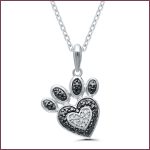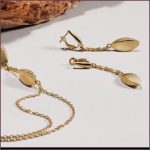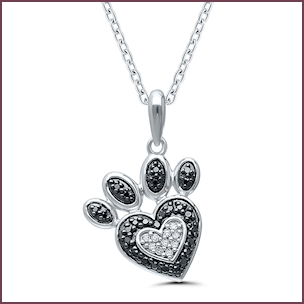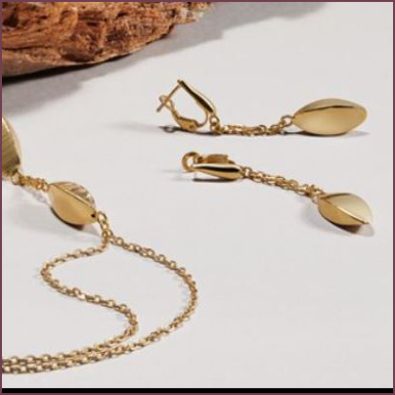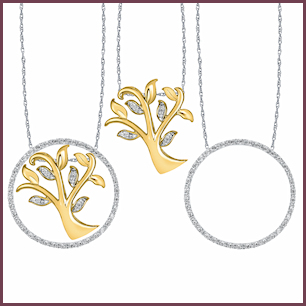The Value Equation
The consumer buzzword is “value” and it is a highly personal thing. It’s not just about price, but what you’re getting for the price – quality, style, novelty, personal meaning, and a custom experience all create the value today’s consumers want.
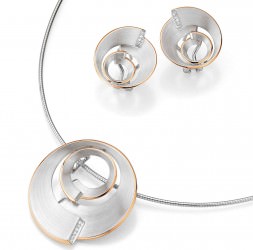 “Jewelry marketers must be willing to challenge old strategies and create new designs at new price points to be sold in new ways,” advocates retail consultant Kate Peterson, president of Performance Concepts, Montgomery Village, Maryland. She cites the decline of the Baby Boomer demographic. For every Boomer who drops out of the buying pool, two consumers from the next generation (age 18 to 45) are taking their place.
“Jewelry marketers must be willing to challenge old strategies and create new designs at new price points to be sold in new ways,” advocates retail consultant Kate Peterson, president of Performance Concepts, Montgomery Village, Maryland. She cites the decline of the Baby Boomer demographic. For every Boomer who drops out of the buying pool, two consumers from the next generation (age 18 to 45) are taking their place.
“What worked with the Boomers is not relevant with the next generation of consumers who are more educated, have more choices, and don’t mind waiting to get what they want,” emphasizes Peterson. She notes that consumers are not caught up in brand names as much as what the brand represents, providing jewelers with lots of opportunities to bring in new designers and generic brands that complement their identity.
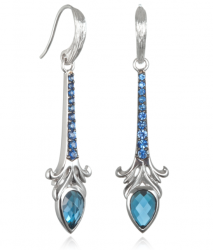 Value is important across consumer segments. Even high-income consumers, who can afford what they want, are buying a broader range of products—opting for less-expensive metal and gem options with great design—from a more diverse group of retailers, reports Pam Danziger, president of Unity Marketing in Stevens, Pennsylvania.
Value is important across consumer segments. Even high-income consumers, who can afford what they want, are buying a broader range of products—opting for less-expensive metal and gem options with great design—from a more diverse group of retailers, reports Pam Danziger, president of Unity Marketing in Stevens, Pennsylvania.
According to Unity’s chief consumer economist, Tom Bodenberg, the current cultural climate does not support showy displays of luxury. “Affluents are reluctant to overindulge in extravagant spending. People with means want to make smart buying decisions; playing up the quality and value of a brand while downplaying the pure ‘luxury’ of it is key.”
Among the market’s top sellers, according to post holiday reports, are moderately priced fashion styles with an emphasis on color (gems and pearls), sterling silver, bridal with diamonds and gems, custom work, and customizable design options.
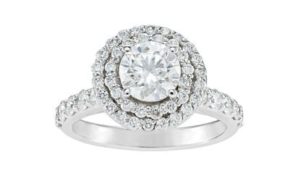 Danziger advocates jewelry marketers across the board create strategies around the features, benefits, and experiences consumers are willing to pay more to get. She cites Leo Schachter Diamonds as an innovator in creating value for its customers by positioning the diamonds it sells beyond the 4Cs. “They introduced the concept of brilliance that customers can see and experience. Rather than having them look through a loupe to try to see features that only a trained jeweler can really distinguish, Leo Schachter Diamonds translated the concept of cut into what it means to customers. Brilliance makes a diamond brighter to the eye and creates a new, meaningful way to communicate value and quality.”
Danziger advocates jewelry marketers across the board create strategies around the features, benefits, and experiences consumers are willing to pay more to get. She cites Leo Schachter Diamonds as an innovator in creating value for its customers by positioning the diamonds it sells beyond the 4Cs. “They introduced the concept of brilliance that customers can see and experience. Rather than having them look through a loupe to try to see features that only a trained jeweler can really distinguish, Leo Schachter Diamonds translated the concept of cut into what it means to customers. Brilliance makes a diamond brighter to the eye and creates a new, meaningful way to communicate value and quality.”
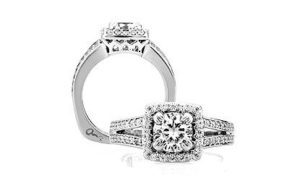 Peterson cites A. Jaffe: “I’m impressed by Firestar’s willingness to hold true to the decades old A. Jaffe brand promise. It continues to offer the better independent a high quality, classic design bridal line with enough distinguishing brand characteristics like nickel-free white gold, high-density castings, consistently high standards for setting and finishing and euro shanks. Most impressive is that they train retail salespeople to meet price resistance with consumer-specific value points. They understand that like most of us, the bridal consumer will spend more when they believe that they really are getting more for what they spend.”
Peterson cites A. Jaffe: “I’m impressed by Firestar’s willingness to hold true to the decades old A. Jaffe brand promise. It continues to offer the better independent a high quality, classic design bridal line with enough distinguishing brand characteristics like nickel-free white gold, high-density castings, consistently high standards for setting and finishing and euro shanks. Most impressive is that they train retail salespeople to meet price resistance with consumer-specific value points. They understand that like most of us, the bridal consumer will spend more when they believe that they really are getting more for what they spend.”
The key: Understand what’s important to your customer. It’s not one size fits all.

